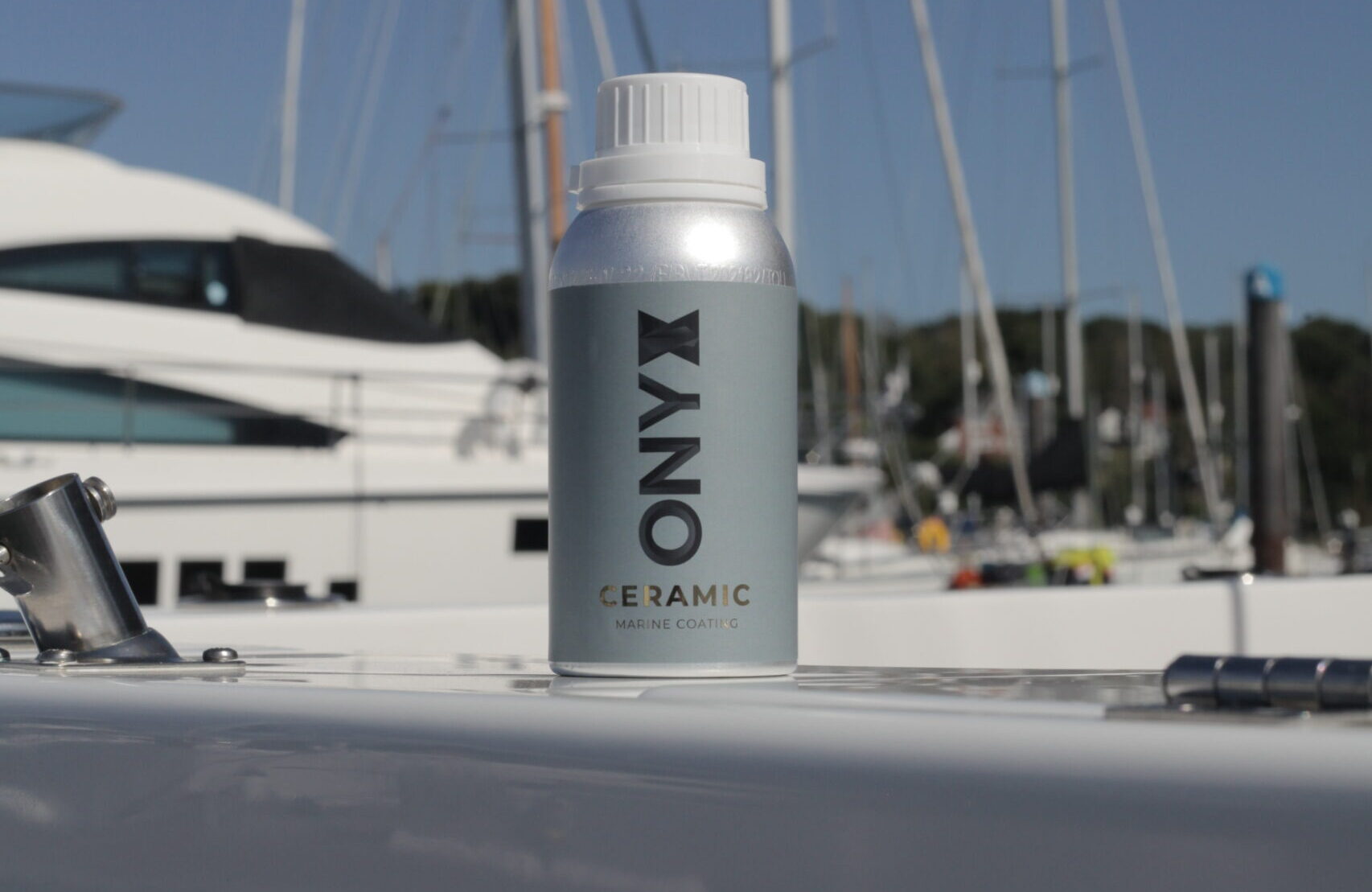Marine Ceramic Coating – How To Apply The Ceramic Coating On Your Boat

Marine Ceramic Coating Step By Step Guide.
Introduction:
Owning a boat or yacht is a substantial investment, and ensuring its longevity and aesthetic appeal requires thoughtful maintenance. Among the many protective solutions available, marine ceramic coatings stand out for their exceptional durability and performance. In this blog, we will guide you through the process of applying marine ceramic coatings, helping you unleash the full potential of this advanced technology and keep your vessel in top-notch condition.
Materials You’ll Need:
- Marine Ceramic Coating: Invest in a high-quality marine ceramic coating Click here. Ensure you also have application pads and clean/new microfiber towels.
- Surface Preparation Products:
- Boat soap (with no waxing agent) or a Mild Detergent (Click Here) for cleaning.
- Use Contamination Remover (Click Here).
- Polish/Cutting Compound (Click Here) for addressing surface imperfections.
- Protective Gear:
- Nitrile gloves to protect your hands.
- Safety goggles for eye protection.
- Applicator Pads and Microfiber Towels: Choose high-quality, lint-free applicator pads and microfiber towels for even application and buffing.
- Polishing Machine: A rotary and dual-action machine can be used to refine the surface before the application process.
Step-by-Step Guide:
- Thoroughly Clean the Surface: Start by washing your boat with a soap (non waxing) or mild detergent to remove any dirt, salt, or contaminants. Rinse thoroughly and let the boat dry completely. For heavy contamination use ONYX Revive contamination remover.
- Surface Correction (Recommended): Remove visible imperfections like scratches or oxidation, use a polishing compound to correct these issues. A dual-action polishing machine can make this process more efficient or if heavy oxidation is present use a rotary polisher with a wool pad. IMPORTANT: After using a cutting or polishing compound, it is essential to thoroughly re-wash the area with a non-waxing soap or mild detergent. This step ensures the removal of any oils, silicone, or residues left by the products, preventing potential interference with the bonding of the coating.
- Masking and Taping: Mask off areas that you don’t want the ceramic coating to touch, such as rubber trim, decals, and non-painted surfaces. This precaution prevents accidental application to unwanted areas.
- Alcohol wipe down: Before the application of the ceramic coating, wipe down the surface with alcohol/degreaser to ensure oils and silicons are removed for optimal bonding.
- Application of Ceramic Coating: Follow these general steps for applying the marine ceramic coating:
- Apply a few drops of ceramic coating onto the applicator pad.
- Work in small sections, applying the coating in straight lines.
- Ensure even coverage without missing any spots.
- Allow the coating to flash (rainbow appearance), usually for 2-4 minutes (see product application instructions).
- Buff the surface with a clean, dry microfiber towel to remove excess coating.
- Repeat the Process: Continue the application process until the entire boat is coated. Be mindful of the curing times.
- Temperature and Weather: Extreme Temperatures and precipitation after application could result in the coating failing to adhere or cure.
Conclusion:
Applying marine ceramic coatings may seem like a meticulous process, but the long-lasting protection and enhanced aesthetics they provide make the effort worthwhile. By following this step-by-step guide and investing in a quality ceramic coating, you’ll be well on your way to mastering the art of marine ceramic coating application, ensuring your boats gloss and resilience against the elements.
